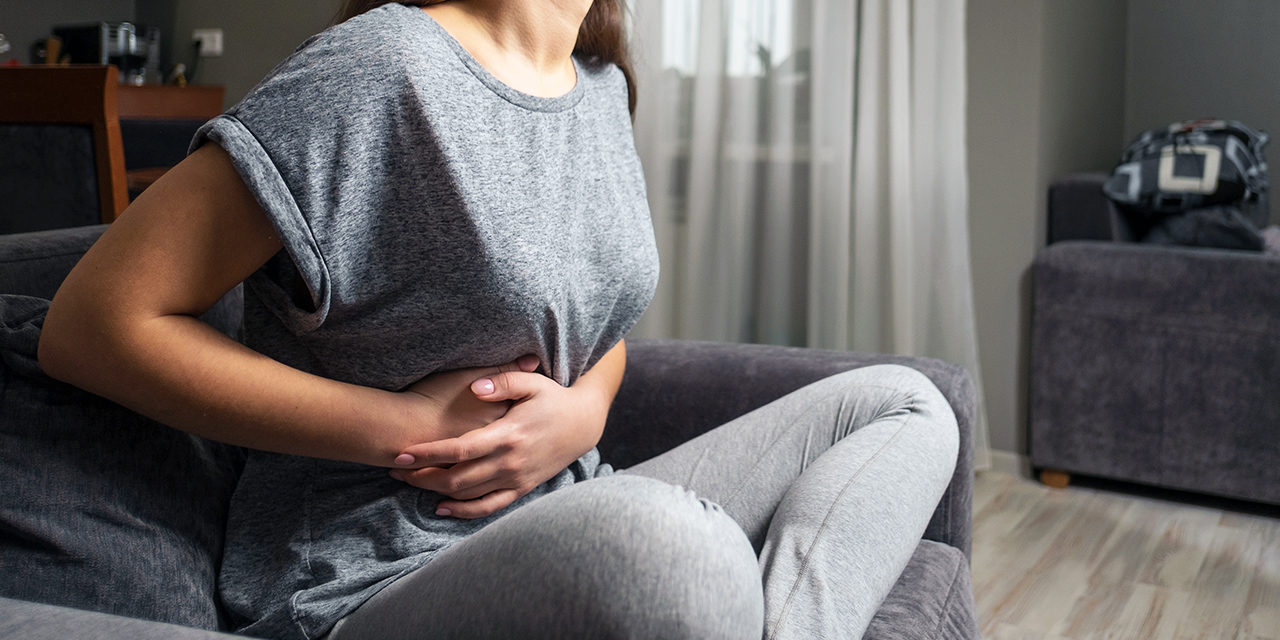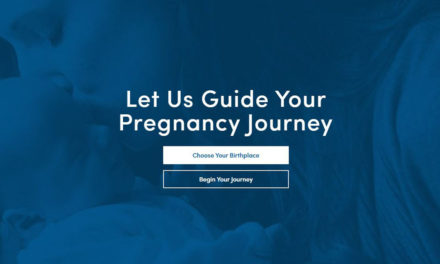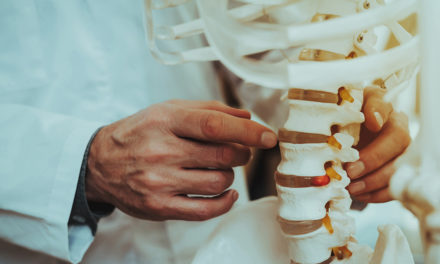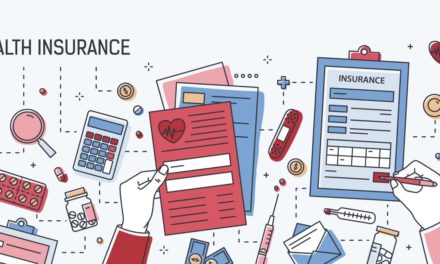I remember the days leading up to my gallbladder surgery all too well. I felt tired, crampy, and not really hungry.
Mind you, my first born was only nine months old at the time and I had resolved to a healthier lifestyle with regular workouts. I attributed my symptoms to lack of sleep and muscle cramps from heavy exercise.
Wait, Is This a Heart Attack or a Gallbladder Attack?
As the pain progressed, I convinced myself that it was just gas built up or indigestion. But, then it got worse. Taking a breath of any kind or moving caused severe pain that radiated from my upper right side. I started to get scared, questioning if I was having a heart attack. For many women heart attack and gallbladder attack symptoms are often confused for one another and with a history of cardiac disease in my family, I knew it was a possibility it could be my heart. While I was only 36 at the time, my mother was 40 when she suffered her first heart attack.
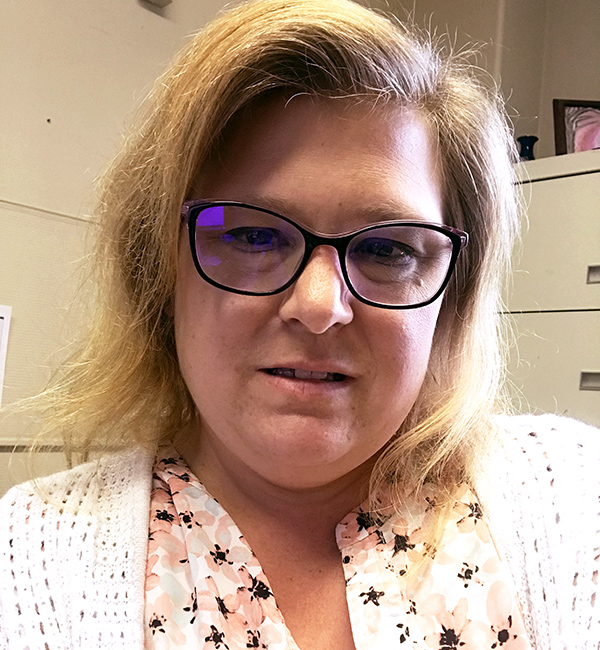
My husband finally persuaded me to call my primary care physician who directed me to seek emergency care. We arrived at Kenmore Mercy Hospital late into the evening. The pain was intense; dare I say comparable to my labor pains. A blood test and ultrasound later, it was confirmed by the ER physician that I was having a gallbladder attack and surgery would be needed the next day.
My Risks for Gallbladder Disease
There are more than 20 million people in America who have gallbladder disease. While there are a number of causes, I hit the “mother load” of factors. A geriatric mother nearing forty, I had fought weight issues my entire life.
I fit into what old school doctors called the “Five F’s” – Female, Fertile, Forty, Fat, and Family History. High levels of estrogen from being a woman and a mother coupled with high lipids in the blood from being overweight, couples with being older are both correlated with a higher incidence of gallbladder disease.
Gallbladder Surgery at Kenmore Mercy Hospital
The next morning, my surgery was scheduled with Dr. Richard Bloomberg. He also requested a magnetic resonance cholangiopancreatography (MRCP), which uses magnetic resonance imaging (MRI) to produce detailed pictures. To my surprise, it turned out that my gallbladder was infected and I likely had issues for awhile.
Today, all of Catholic Health’s hospitals have a daVinci robot and surgeons use the latest minimally invasive techniques to remove the gallbladder (cholecystectomy). While my surgery was pre-robot at Kenmore Mercy, it was still done laparoscopically, which is performed through several small incisions using a small tube.
My Advice: Don’t Ignore the Signs
Had I not neglected signs, lifestyle changes, eating food rich in fiber, antioxidants, and calcium may have helped me avoid the need for surgery. Like me, most Americans don’t pay any attention to their gallbladder until they start suffering from painful symptoms.
If you or someone you love is experiencing abdominal pain or discomfort consistent with a gallbladder attack, consult your doctor right away. Contacting Catholic Health’s general surgery team can also help you determine the best treatment for your condition. In the event that you have severe pain, like I did, head to the nearest emergency room.
Don’t ignore abdominal pain. Left unchecked, gallbladder disease can lead to serious complications that can be life threatening.
– Dawn Cwierley
Find a General Surgeon Near You
Call (716) 706-2112
Find a General Surgeon Near You
Call (716) 706-2112

